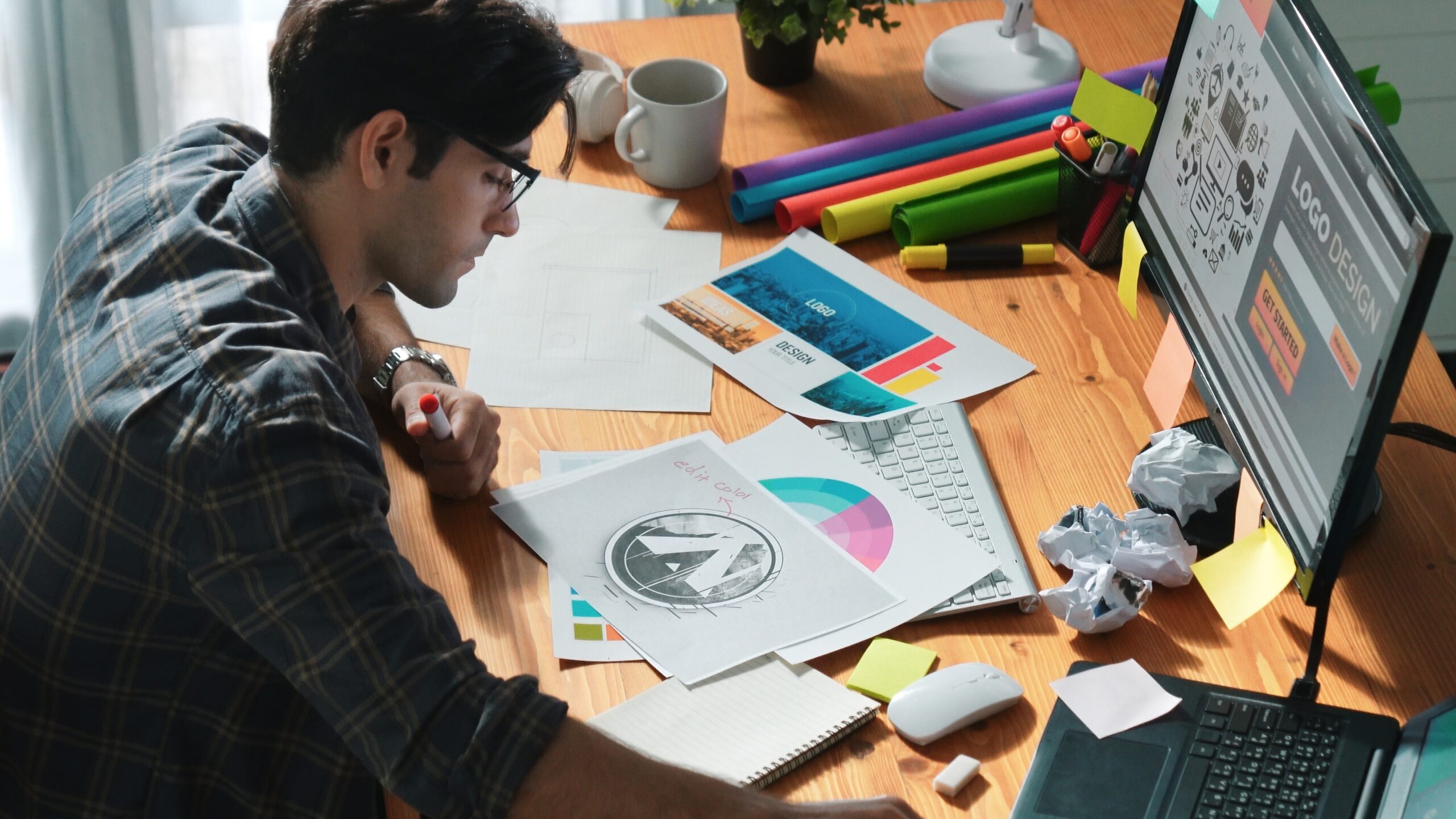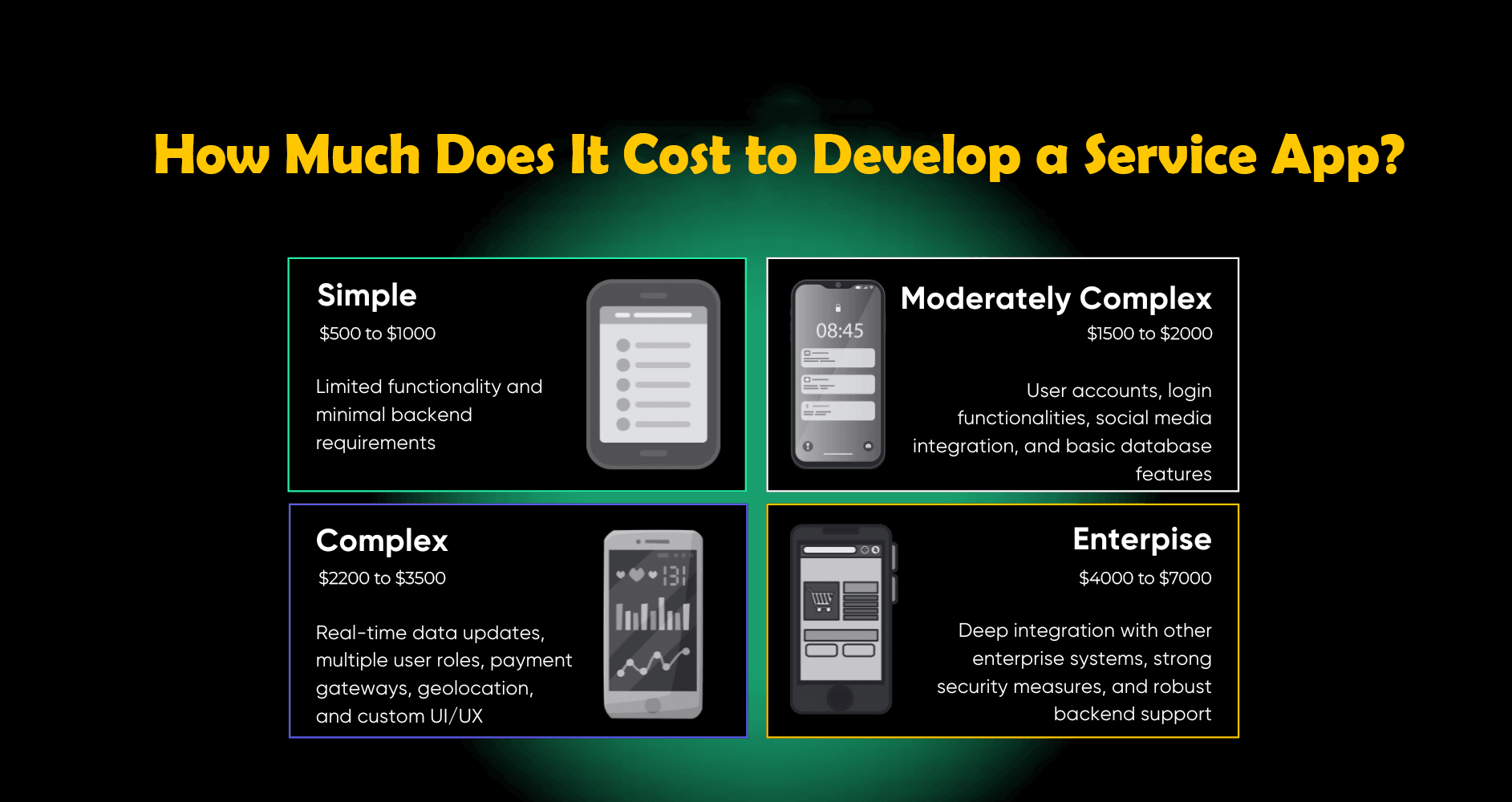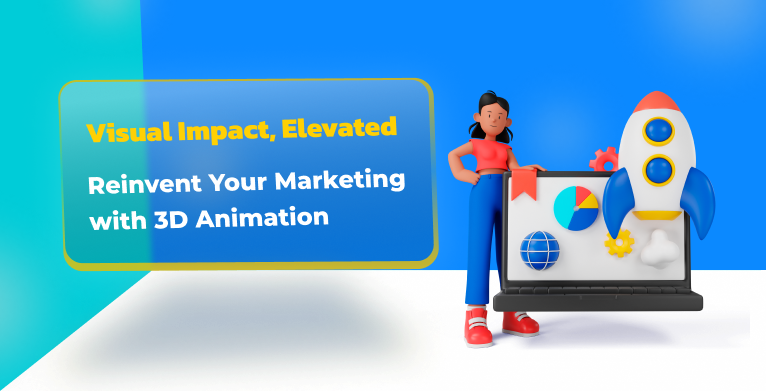Creating an attractive poster isn’t just about slapping on some text and images. It’s an art form that requires creativity, strategy, and an understanding of how people visually connect with information. For graphic designers, mastering the craft of poster design graphic means knowing how to grab attention instantly and communicate a message clearly often in just a few seconds. In this article, we’ll explore three powerful ways graphic designers can make a poster truly stand out and captivate audiences.
Why Poster Design Graphic Matters
Posters remain one of the most effective tools for marketing events, products, and ideas. According to a study by Nielsen Norman Group, well designed visual content is 80% more likely to be remembered by viewers than text alone. In a fast-paced world full of distractions, a compelling poster can be the difference between your message being noticed or ignored.
Use Bold and Balanced Visual Hierarchy
What Is Visual Hierarchy?
Visual hierarchy refers to the arrangement of elements in a way that clearly indicates their importance. On a poster, some elements need to stand out more than others like the headline, the date of an event, or the call-to-action. A well-planned hierarchy guides the viewer’s eyes through the information smoothly and logically.
How to Achieve It
Bold Headlines: Use large, eye catching fonts for headlines. For example, movie posters often use dramatic, oversized text to hook viewers.
Contrast: Play with contrast between colors, sizes, and fonts to differentiate key elements. A bright headline against a dark background instantly draws attention.
Spacing: Give elements room to breathe. Avoid clutter to maintain clarity and focus.
Real World Example
Apple’s product launch posters often showcase a minimalist design where the product image is central, and text is minimal but bold. This creates an immediate impact and ensures the viewer knows what to focus on.
Incorporate Eye Catching Colors and Imagery
The Power of Color
Color influences emotions and decisions more than any other visual element. Studies show that color increases brand recognition by up to 80%, and it can evoke feelings like excitement, trust, or urgency.
Practical Tips for Color Use
Choose a Color Palette: Stick to 2-3 main colors to keep the design cohesive.
Use Complementary Colors: Colors opposite each other on the color wheel create vibrant contrast.
Match Colors to Purpose: Warm colors like red and orange create energy, while blues and greens feel calming.
Imagery Matters Too
Images can tell stories quickly. High-quality photos or illustrations relevant to the message make posters more relatable and memorable.
Case Study
The famous Keep Calm and Carry On poster uses a bold red background with simple white text and a crown icon, making it instantly recognizable worldwide.
Craft a Clear and Concise Message
Less Is More
A poster is not the place for lengthy explanations. A concise, compelling message lets viewers quickly understand the purpose and what action they should take.
Tips for Effective Messaging
Strong Headlines: Craft headlines that are clear and emotionally engaging.
Simple Language: Avoid jargon or complex words.
Call-to-Action (CTA): Make sure there’s a clear next step, whether it’s “Buy Tickets Now” or “Visit Our Website.”
Example
Concert posters often focus on the band name, date, and venue, avoiding clutter with extra details that can overwhelm.
Final Thoughts: Make Every Poster Count
Graphic designers have a powerful role in shaping how messages are perceived. By mastering visual hierarchy, using captivating colors and images, and crafting clear messages, they can transform a simple poster into a compelling piece of communication. Whether you’re a business promoting a product, an event organizer, or an artist, investing in strong poster design graphic principles ensures your message gets the attention it deserves. So next time you design a poster, ask yourself: is it bold enough? Colorful enough? Clear enough? The right answers can make your poster unforgettable.





